Whether you've just moved house and need to completely redecorate, or you fancy giving your space a refresh, finding and choosing the right paint is always a daunting task.
And when you add sustainability into the mix, finding the perfect paint might feel impossible, but there is actually a fantastic selection of paint brands with beautiful colour ranges, all with an eco-friendly ethos.
From bathrooms and kitchens to bedrooms and even external surfaces, here are the sustainable, heritage paint brands to consider in 2023.
Best heritage paint brands
Little Greene

In 2004, Little Greene was one of the first UK paint manufacturers to achieve the European standard for Environmental Management Systems, which helps organisations to reduce their environmental impact.
All of its water-based paints carry the industry’s lowest eco-rating (the VOC content is now virtually zero) and are made in the UK. Paint tins are made using over 50 per cent recycled steel and can be recycled again after use.
The company’s oil-based paints have been reformulated using sustainable vegetable oils, while their Absolute Matt Emulsion, Intelligent Matt Emulsion and Intelligent Eggshell are tested to ‘Toy Paint Regulations’ which makes them a safe choice for decorating children’s rooms.
Overall, the company has reduced its waste by 57 per cent in the last three years, showing a real commitment to the environment.
There are just shy of 200 colours in the range, and over 50 of these have been accurately recreated from paint analysis in historic properties, from the Georgians right up to the 1950s, making them an appealing choice for period homes.
More from Little Greene:
- The best Little Greene wallpapers
- The best Little Greene paint colours
- Heritage tile brands to shop in 2023
Farrow & Ball
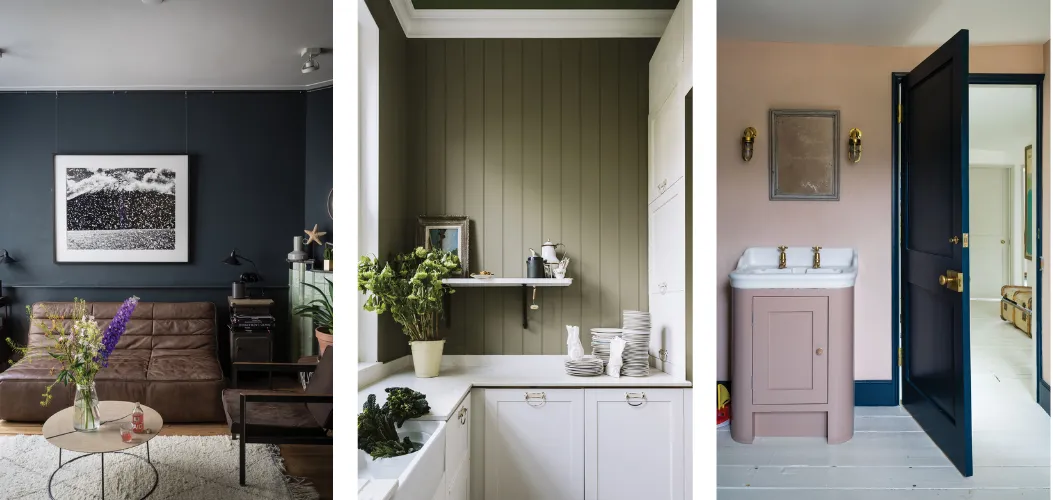
From their low VOC content to eco-friendly water-based formula, Farrow & Ball paints represent a trusted green choice for decorating.
In addition, the company employs a practice of zero dry waste at its Dorset manufacturing plant (all dry waste is recycled or converted into energy) and 97 per cent of liquid waste is recycled, too – the company is currently striving to get this figure to 100 per cent.
The paints are a consistently popular choice in UK homes and the 132 richly pigmented colours in the range offer something to suit every type of space, from contemporary schemes to heritage styles in period properties.
The near future sees a focus on simple and familiar colours in clever combinations, according to Joa Studholme, Farrow & Ball’s colour curator.
More from Farrow & Ball:
Dulux Heritage
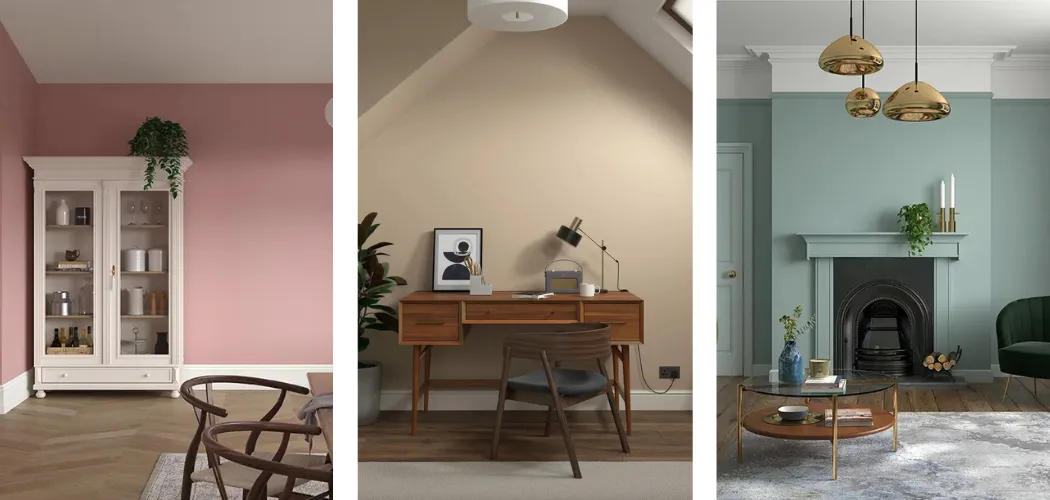
With more than 100 colours to choose from, Dulux Heritage is all about offering a timeless palette that is inspired by heritage shades, but works perfectly in busy, modern homes. There are two paints in the range – Heritage Velvet Matt and Heritage Eggshell.
To achieve a contemporary spin on a period look, try matching up one of the brand’s rich, bold heritage colours with a complementary muted neutral, for example, pairing Florentine Red with Candle Cream.
As for Dulux’s environmental credentials, the company believes in a ‘water-based future’ and all its interior paints, including the Dulux Heritage range, are water-based with low VOCs, while its paint tins can be recycled.
More from Dulux Heritage:
Atelier Ellis
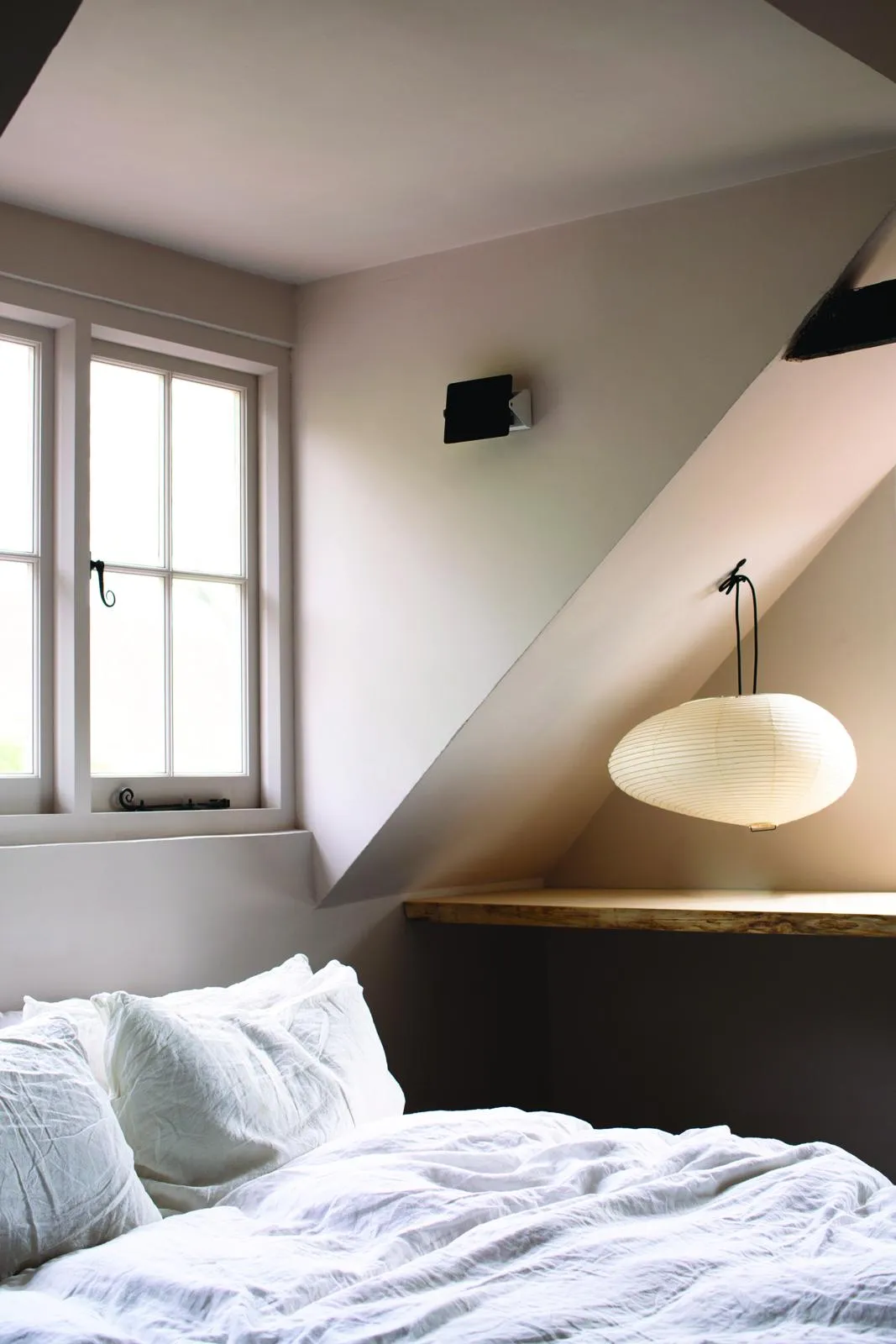
Cassandra Ellis, owner of Atelier Ellis, launched the company in 2018 with 18 colours in one finish. They have developed and made their own paint, in their own factory, less than 100 miles from their London studio.
For a small paint company this is unusual – many smaller brands are ‘white label’, which means the paint base is whatever your supplier gives you. They wanted to make their own paint so they could ensure the highest standards and ensure it was as natural as possible without compromising durability.
Their True Matt Emulsion is fully breathable, so it can be used on surfaces from modern to old, lime plaster to gypsum – one very beautiful and healthy paint that can be used in almost any type of home. What makes them most different is their colours – quiet but saturated hues that make homes feel wonderful.
The team at Atelier Ellis think about every aspect of ingredients and production in environmental terms. Not just whether things are 100 per cent natural, but where does the material come from? How was it manufactured? How robust is it? Is it certified and is the manufacturer transparent on every level?
Their paint is made in a human-scale factory, using traditional water-based methods. They avoid ‘quick’ modern methods because they don’t believe there are any shortcuts to quality and safety.
The company runs on lean production techniques, reducing environmental impact while ensuring the best quality possible. The True Matt Emulsion is 94 per cent natural, and their paints are low VOC, free from micro-plastics, glycol, APE and formaldehyde.
Annie Sloan
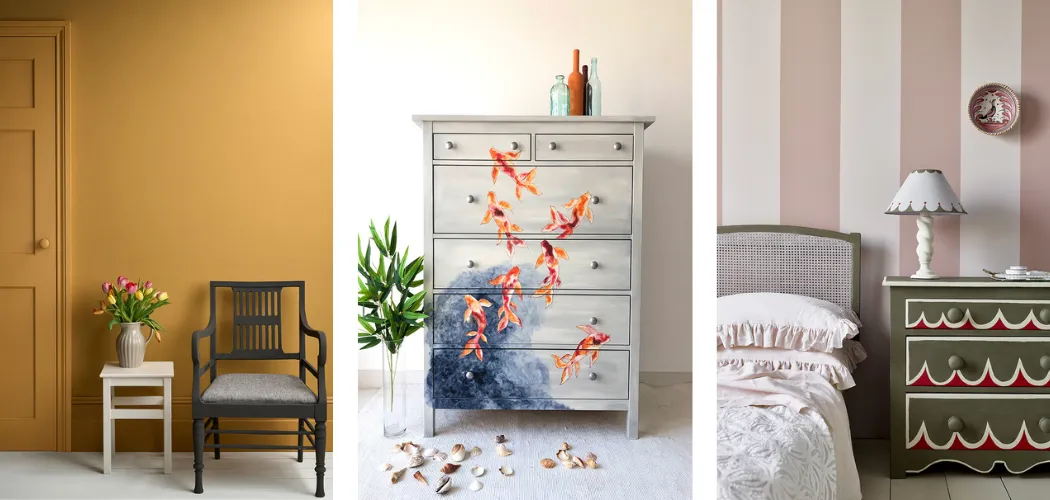
More than 30 years ago, Annie Sloan created her revolutionary Chalk Paint, which has been made on-site in the company’s factory in Oxford since 2014.
Today, Annie is a worldwide name in the world of colour and her Chalk Paint works well in period homes as its formula is water-based, non-toxic and non-plastic, making it kind on older walls.
The colours are also inspired by historic interior design – some even taken directly from details and rooms of famous period properties. At its core, the business is about upcycling – reducing what they buy and reusing what they have.
The paints are stocked exclusively through small, independent stockists rather than big corporations, while at the Annie Sloan HQ in Oxford, a resident eco-tsar is constantly looking at ways to make the offices greener, from growing their own veg to using environmentally kind loo roll.
Ultimately, the company is committed to making lots of small changes to keep its processes and products as green as possible.
More from Annie Sloan:
- Who is Annie Sloan?
- The best Annie Sloan paint colours
- Inside Annie Sloan's colourful Victorian home
- How to upcycle a chest of drawers with Annie Sloan
- Annie Sloan on her love of fine art and eclectic decorating style
Edward Bulmer Natural Paint

Committed to ‘painting the future green’ Edward Bulmer Natural Paint prides itself on being among the most eco-friendly paint companies.
It is a pioneer in developing natural paints that blend quality and sustainability, offering total transparency (including declarations of all ingredients and where they’re sourced), while the raw materials come from plants and other natural elements, meaning that unused waste paint can be composted.
The company’s dedication to reducing its impact on the planet underpins all it does, from generating solar energy at its factory to buying in renewable energy.
Edward’s own experience as an interior designer, architectural historian and eco-campaigner has informed both the business’s ethos and its colour collections.
The Natural Paint range was developed using natural pigments that have been used by artists for centuries, in shades that are ideal for period homes but robust enough for modern living.
Using the colour key in its ‘hand painted fan deck’ you can reference the suitability of each colour to specific historic periods, to help you restore your home sympathetically.
More from Edward Bulmer Natural Paint:
Francesca's Paints
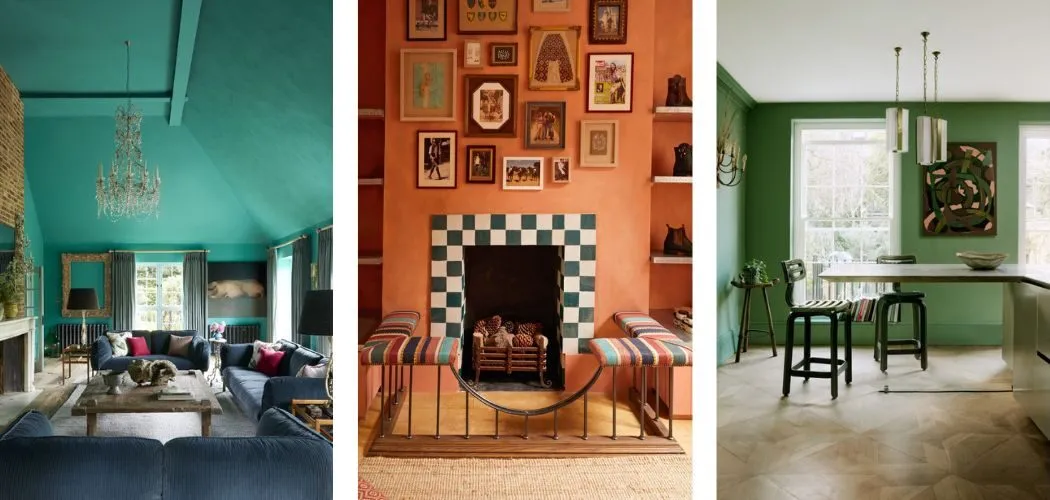
Francesca Wezel had just got back from seven years in Australia working with Porter’s Paints – the only manufacturer of traditional paint finishes in Australia – where she was manager and colourist.
On her return to London she realised that there weren’t any paint companies that were producing lime wash and eco emulsion, so she took the plunge and launched Francesca’s Paints.
The business began back in November 1996, and at the time it was one of the first eco paint companies in the UK. The colour collections are inspired by travel, art and nature – one of the collections, Poison into Medicine, was inspired by The Nativity by Piero della Francesca at the National Gallery.
Their paints are also plastic-free, breathable and free from solvents and their components. They care greatly for the planet and are continually evolving their production techniques, colouring and packaging. they try to be as eco-conscious as possible throughout the process, from the making of the paint to the packaging and all aspects of the business.
The company have never bought a box to send out paint by mail – they recycle boxes from wine shops, grocery shops and so on. The paint pots are also fully recyclable, too; they chose plastic rather than tins, because tins are difficult to clean and people don’t tend to recycle them.
Coat Paints

Created by long-time friends Rob Green and Rob Abrahams, the company sold their first tin of paint on 23rd September 2020. Rob Green (the paint guy) had worked for the world’s largest paint company and Rob Abrahams (the brand guy) had worked in marketing and growth.
Between the two of them – and their experiences renovating houses – they spotted a gap for a younger, simpler brand, offering high-grade sustainable paint.
Coat Paints' entire range uses high-grade materials, and unlike 70 per cent of the world’s paint it is 100 per cent water-based. All of their products are low VOC, falling well below the EU measures for toxin levels, which are the strictest globally.
The paint is freshly mixed to order and shipped the same day, which ensures zero waste, and means customers’ paint is super-fresh.
The entire brand is built on a foundation of sustainability. Every decision made is based on how the business makes the planet better, from recycled and recyclable packaging materials and carbon-neutral delivery, through to unique zero-waste production. They also operate a 360-degree recycling programme where people can return tins and excess paint for reprocessing.
Coat has been a carbon-neutral business since day one, and more recently has gained ‘climate positive’ status, which means they double-offset any carbon emissions – not just from the business, but from the entire supply chain.
Earthborn
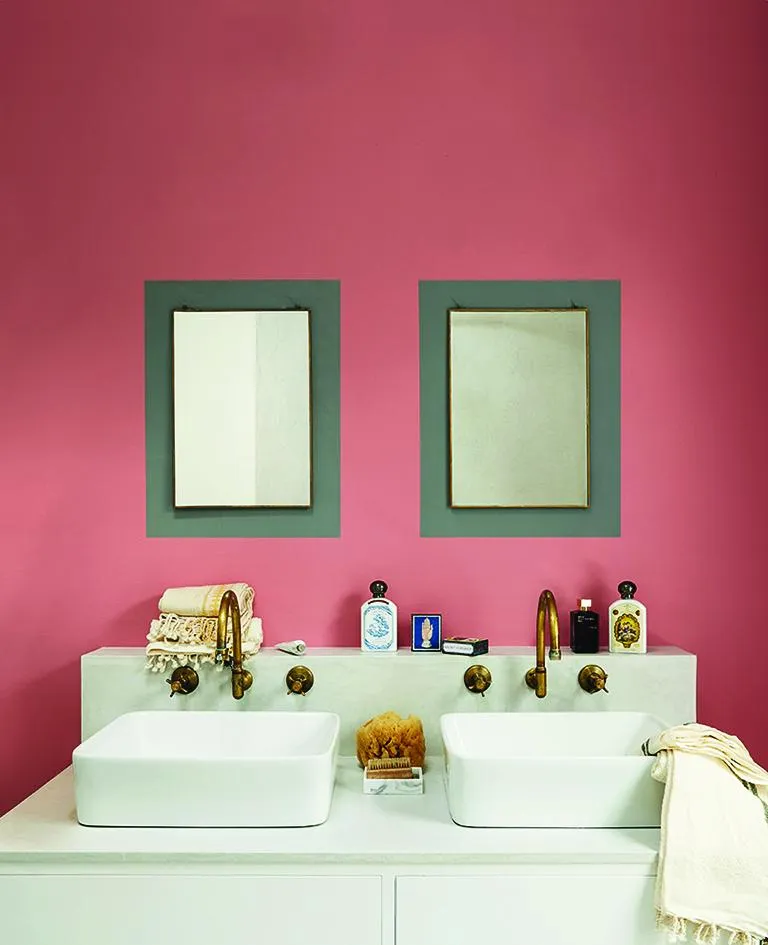
The founder of Earthborn, John Dison, was originally a town-planning professional, specialising in historic buildings. He then joined the family business, which was a supplier to the decorating industry.
Identifying a gap in the market, John decided to launch a range of eco-friendly paints in 2002, combining his years of experience with his own interest in design and sustainability.
This was a far-sighted decision at a time when there was little awareness about the health dangers and environmental impact of conventional paints.
Claypaint is Earthborn’s hero paint; it is virtually free from VOCs, free from oils and acrylics and has no harmful emissions. It’s highly breathable, durable and has little odour, and comes in a range of colours with complex, flattering undertones.
As a trailblazer in the field, Earthborn’s paints are designed to be less harmful for the environment, healthier to use and live with, and better for the fabric of buildings. Their eco-friendly ingredients are carefully selected, and the paints are free from harmful emissions.
